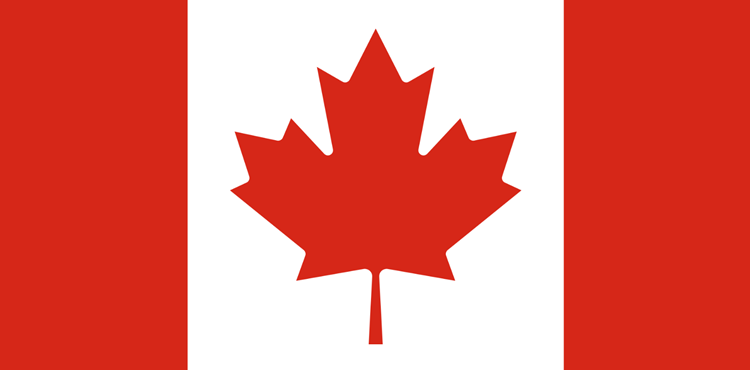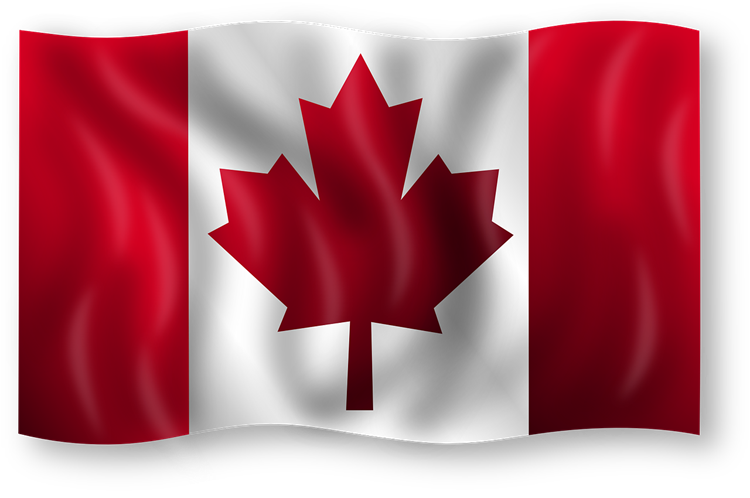Today, Canada’s economic news highlights a complex blend of challenges and strategic responses. Deputy Prime Minister and Finance Minister Chrystia Freeland announced a comprehensive package of financial support measures amounting to $8.9 billion. This initiative is aimed at tackling affordability issues and providing relief to Canadians facing economic hardship. These measures include increased child benefits, rental support, and subsidies for energy costs, reflecting the government’s commitment to mitigating the impact of rising living costs on households.
In parallel, the Bank of Canada (BoC) has made a significant move by cutting the key interest rate to 4.75%, signaling potential further reductions. This decision comes as the BoC aims to counteract economic sluggishness and stimulate growth amidst global economic uncertainties. The rate cut is expected to ease borrowing costs, potentially spurring investment and consumer spending. However, the central bank’s cautious stance indicates a careful balancing act between fostering economic growth and managing inflationary pressures .
The Canadian job market, however, presents a mixed picture. The unemployment rate has edged up to 6.2% as of May, with the economy adding 27,000 jobs. This slight increase in unemployment reflects ongoing challenges in the labor market, particularly in sectors still recovering from pandemic-induced disruptions. Despite these challenges, there is a notable rise in consumer confidence, hitting a two-year high as pessimism wanes. This boost in confidence is likely influenced by the government’s financial support measures and the central bank’s accommodative monetary policy .
Another significant development is the outlook for Canada’s Big Six banks. Analysts forecast at least two more interest rate cuts in 2024, anticipating that these financial institutions will lower their prime rates in response. This expectation aligns with the broader economic strategy to enhance liquidity and support economic recovery. The banking sector’s adjustment to lower rates is seen as crucial for maintaining financial stability and encouraging lending activities .
On the international front, Canada’s trade dynamics have also been in focus. The country posted a $1 billion merchandise trade deficit in April, highlighting ongoing challenges in balancing trade flows. This deficit underscores the need for strategic economic policies to enhance export performance and address trade imbalances. The government’s focus on stimulating domestic production and exploring new markets is expected to be pivotal in reversing this trend .
In conclusion, Canada’s current economic environment is characterized by proactive fiscal measures and strategic monetary policies aimed at fostering stability and growth. The government’s financial support initiatives, coupled with the central bank’s rate cuts, are designed to alleviate economic pressures on households and businesses. As Canada navigates these challenges, the effectiveness of these measures will be critical in shaping the country’s economic trajectory in the coming months.
 Anasayfa
Anasayfa Canlı Borsa
Canlı Borsa Borsa
Borsa Döviz Kurları
Döviz Kurları Altın
Altın Hisse Senetleri
Hisse Senetleri Endeksler
Endeksler Döviz Hesaplama
Döviz Hesaplama Döviz Çevirici
Döviz Çevirici Kredi Arama
Kredi Arama































































































